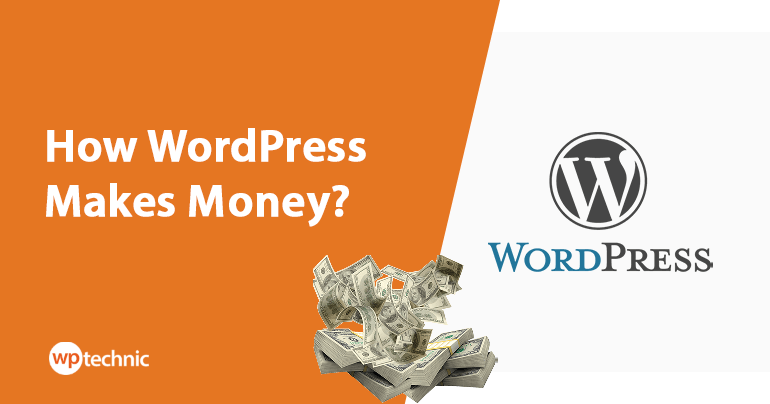WordPress is an open-source content management system (CMS) that is free to use and customize.
It was first released in 2003 by Matt Mullenweg and Mike Little, and has since become one of the most popular CMSs in the world, powering over 40% of all websites on the internet.
While many users appreciate its ease of use and flexibility, two questions that often come to mind are: Who owns WordPress? And, how does WordPress make a profit? These are important questions to answer, as they shed light on the structure and sustainability of the platform.
Let’s take a closer look at the ownership of WordPress and the ways in which WordPress generates revenue, in order to provide a better understanding of this powerful CMS.
So, who actually owns WordPress now?
The ownership of WordPress is a bit more complicated, as there are multiple entities involved.
WordPress.org
WordPress.org is the organization that oversees the development and distribution of the WordPress software. It is a non-profit organization that is run by volunteers and funded through donations. WordPress.org is not owned by any individual or company.
The WordPress software is licensed under the GNU General Public License (GPL), which is a free software license that allows users to copy, modify, and redistribute the software. This means that anyone can use the WordPress software for free, without needing to obtain permission from WordPress.org or any other entity.
Automattic
Automattic is a company that was founded by Matt Mullenweg in 2005, two years after the release of WordPress. Automattic is the company behind WordPress.com, which is a hosted version of the WordPress software. It is also the company behind Jetpack, Akismet, and several other WordPress-related products and services.
Automattic is a privately held company, and its ownership is not publicly disclosed. However, it is known that Matt Mullenweg is the largest shareholder, and that other investors include venture capital firms such as True Ventures and Insight Venture Partners.
In 2021, Automattic raised $288 million in a venture funding round, which valued the company at $3 billion. This funding round was led by Alta Park Capital and included participation from other investors such as BlackRock and 5 other companies.
Other Entities
There are several other entities involved in the ownership and development of WordPress, including:
- The WordPress Foundation: The WordPress Foundation is a non-profit organization that was created to support the WordPress project. It is run by a board of directors and funded through donations.
- The WordPress Community: The WordPress community is made up of volunteers who contribute to the development and support of the WordPress software. This includes developers, designers, and other contributors who work on the core software, plugins, themes, and other WordPress-related projects.
- Web Hosts: Many web hosts offer WordPress hosting services, and some have developed their own WordPress-related products and services. While these entities do not own WordPress, they are an important part of the WordPress ecosystem.
In summary, WordPress is owned and developed by multiple entities, including WordPress.org, Automattic, the WordPress Foundation, and the WordPress community.
While the ownership structure of WordPress is complex, it is clear that the software is free and open-source, and can be used by anyone without needing to obtain permission or pay any fees. This has contributed to the widespread adoption of WordPress and its continued success as one of the most popular CMSs in the world.
How WordPress Makes Money?
While WordPress itself is free to use, the company behind it, Automattic, makes money through a variety of channels.
Here are a few ways that WordPress makes money:
WordPress.com
One of the primary revenue streams for WordPress is its hosted version, WordPress.com. WordPress.com is a paid service that offers a range of premium features, such as custom domains, additional storage space, and premium themes and plugins. Users can sign up for free, but there are paid plans available that offer additional features.
WordPress.com generates revenue through several channels, including:
- Paid Plans: WordPress.com offers four different paid plans, ranging from $4 to $45 per month. These plans offer additional features such as custom domains, more storage space, and advanced customization options.
- Domain Registrations: WordPress.com allows users to register custom domain names for their sites. Domain registrations start at $18 per year.
- Premium Themes and Plugins: WordPress.com offers a selection of premium themes and plugins that can be purchased for individual sites. Prices for themes and plugins vary, but they typically range from $3 to $249.
According to some estimates, WordPress.com generated $160 million in revenue last year.
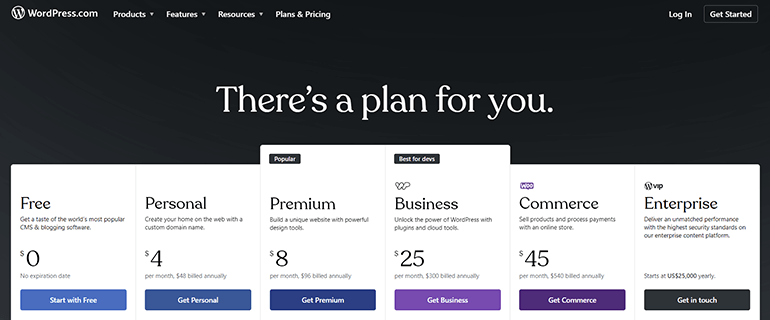
Jetpack
Jetpack is a suite of plugins and tools that can be used to enhance WordPress sites. It offers features such as security scanning, site backups, and performance optimization. Jetpack is offered as a paid service, with several pricing tiers available.
Jetpack generates revenue through several channels, including:
- Paid Plans: Jetpack offers several paid plans that range from $4 to $29 per month. These plans offer additional features such as malware scanning, automated backups, and priority support.
- Premium Features: Jetpack offers a range of premium features that can be purchased for individual sites. These include features such as video hosting, site search, and ad management.
- Partnership Programs: Jetpack partners with web hosts and other companies to offer its services to their customers. Jetpack earns a commission on any sales made through these partnerships.
According to some estimates, Jetpack generates around $25 million in annual revenue.
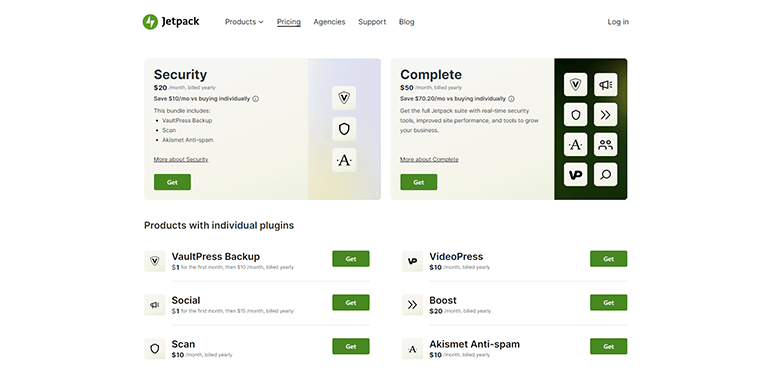
WooCommerce
WooCommerce is an e-commerce plugin for WordPress that allows users to create online stores. It is offered as a free plugin, but there are paid extensions available that offer additional features.
WooCommerce generates revenue through several channels, including:
- Paid Extensions: WooCommerce offers a range of paid extensions that can be used to add additional functionality to online stores. These extensions range from $29 to $299.
- Partnership Programs: WooCommerce partners with web hosts and other companies to offer its services to their customers. WooCommerce earns a commission on any sales made through these partnerships.
According to some estimates, WooCommerce generates around $10 million in annual revenue from its paid extensions and services.
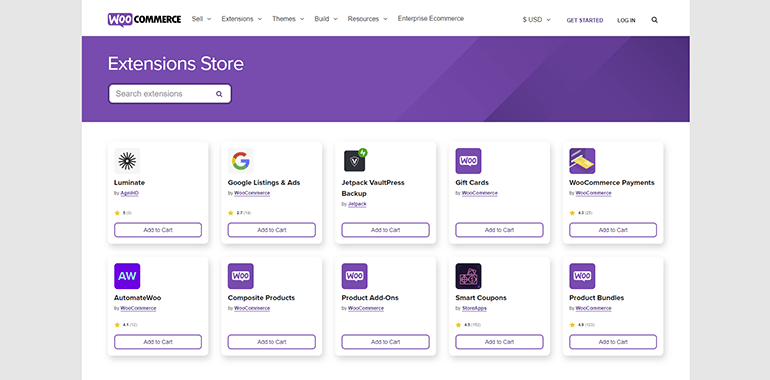
VIP Hosting
VIP Hosting is a high-end hosting service for large-scale WordPress sites. It is designed for sites that require high levels of performance, scalability, and security. VIP Hosting is offered as a paid service.
VIP Hosting generates revenue through several channels, including:
- Monthly Fees: VIP Hosting charges a monthly fee for its hosting services. The cost varies depending on the specific needs of each site.
- Custom Development: VIP Hosting offers custom development services to its clients. These services are priced based on the specific requirements of each project.
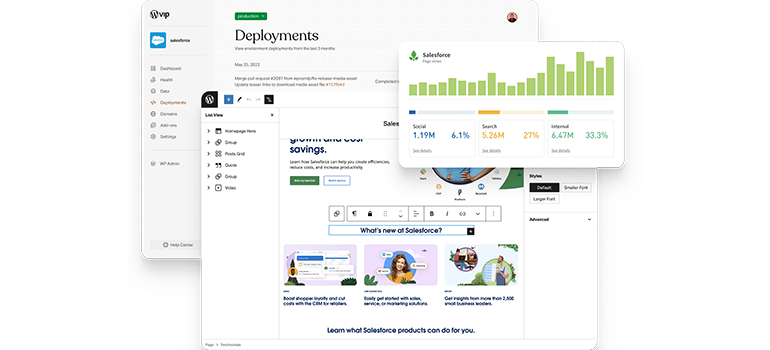
Akismet
Akismet is a spam filtering service that is built into WordPress. It is offered as a free service for personal blogs, but there are paid plans available for commercial sites and large-scale blogs.
Akismet generates revenue through several channels, including:
- Paid Plans: Akismet offers paid plans for commercial sites that require more advanced spam protection. These plans range from $5 to $50 per month.
- Partnership Programs: Akismet partners with web hosts and other companies to offer its services to their customers. Akismet earns a commission on any sales made through these partnerships.
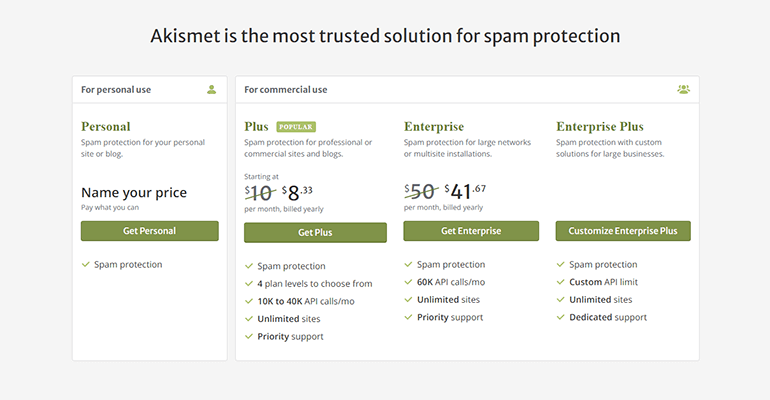
Other Revenue Streams
In addition to the revenue streams mentioned above, WordPress also generates revenue through several other channels, including:
- Advertising: WordPress.com displays ads on some of its free sites. Automattic, the company behind WordPress, also owns the advertising platform, AdControl.
- Affiliate Marketing: WordPress.com and Jetpack both participate in affiliate marketing programs, earning a commission on any sales made through their referral links.
- Donations: WordPress.org, the organization behind the open-source WordPress software, accepts donations from individuals and organizations.
Valuation of Automattic
Automattic, the company behind WordPress.com and Jetpack, is a privately held company and does not disclose its financial details publicly. However, in the last year 2022, Automattic was valued at $3.5 billion after it raised $288 million in a venture series funding round.
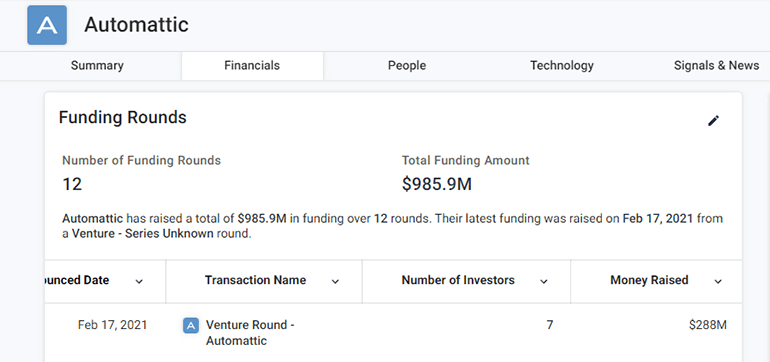
Conclusion
WordPress is a successful and profitable platform that generates revenue through a variety of channels. While the core software is free and open-source, there are many premium features and services available that can be used to enhance WordPress sites.
From WordPress.com to Jetpack to WooCommerce, there are many ways Automattic to generate revenue. With its massive user base and continued growth, WordPress is likely to remain a dominant player in the CMS space for years to come.
